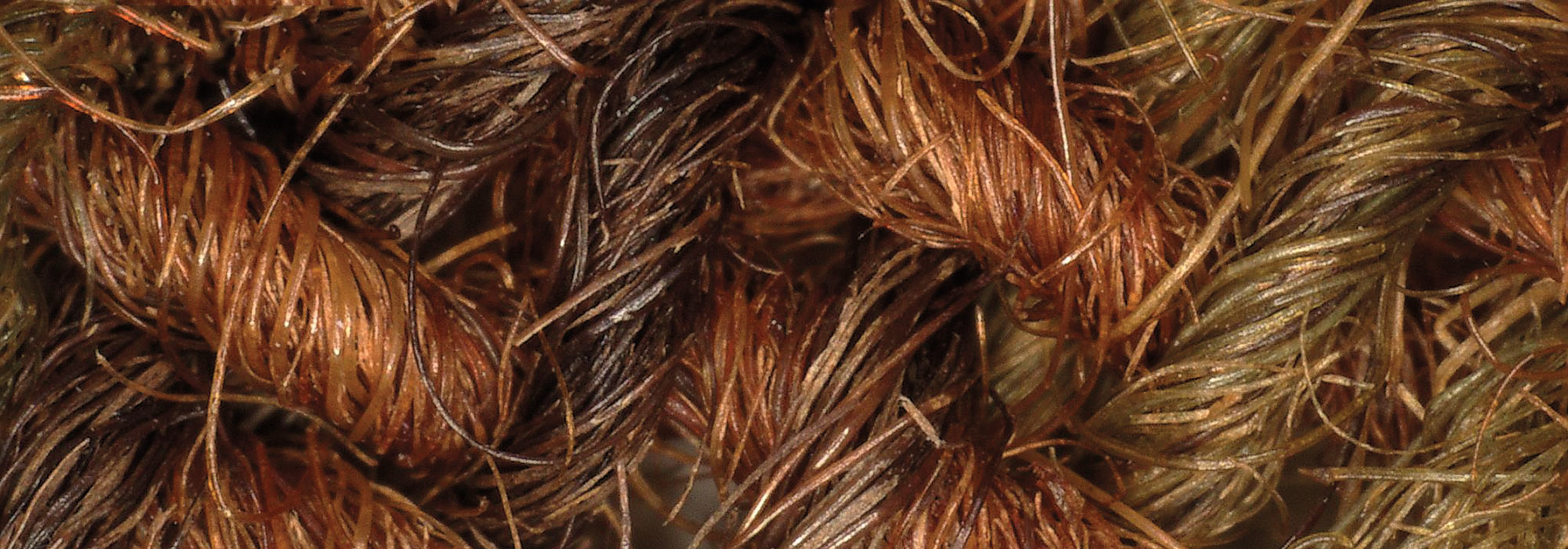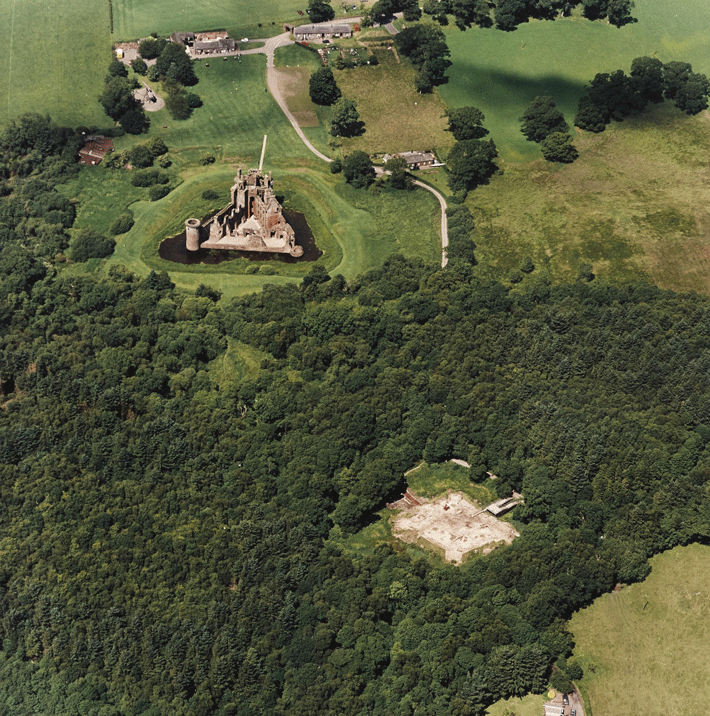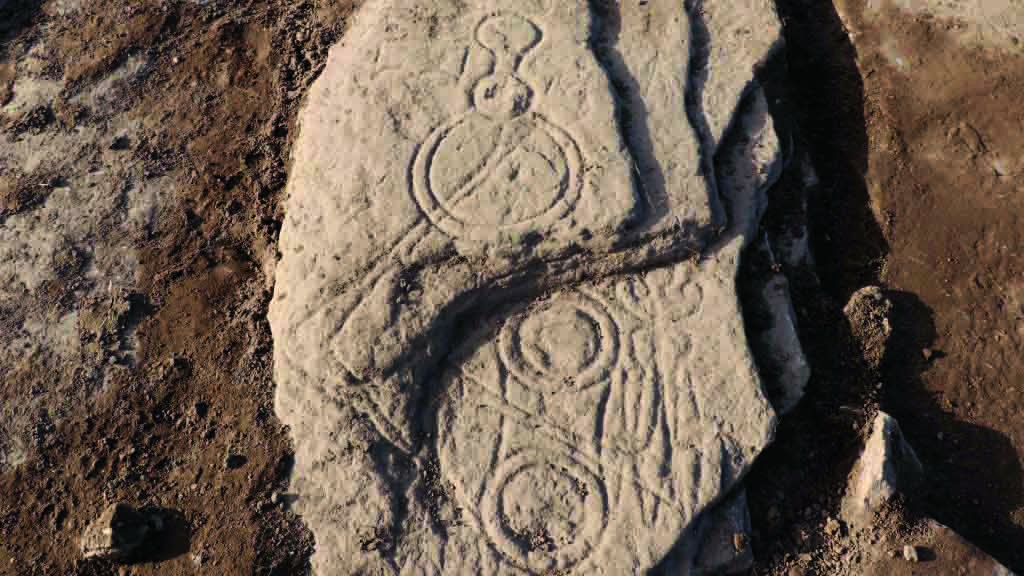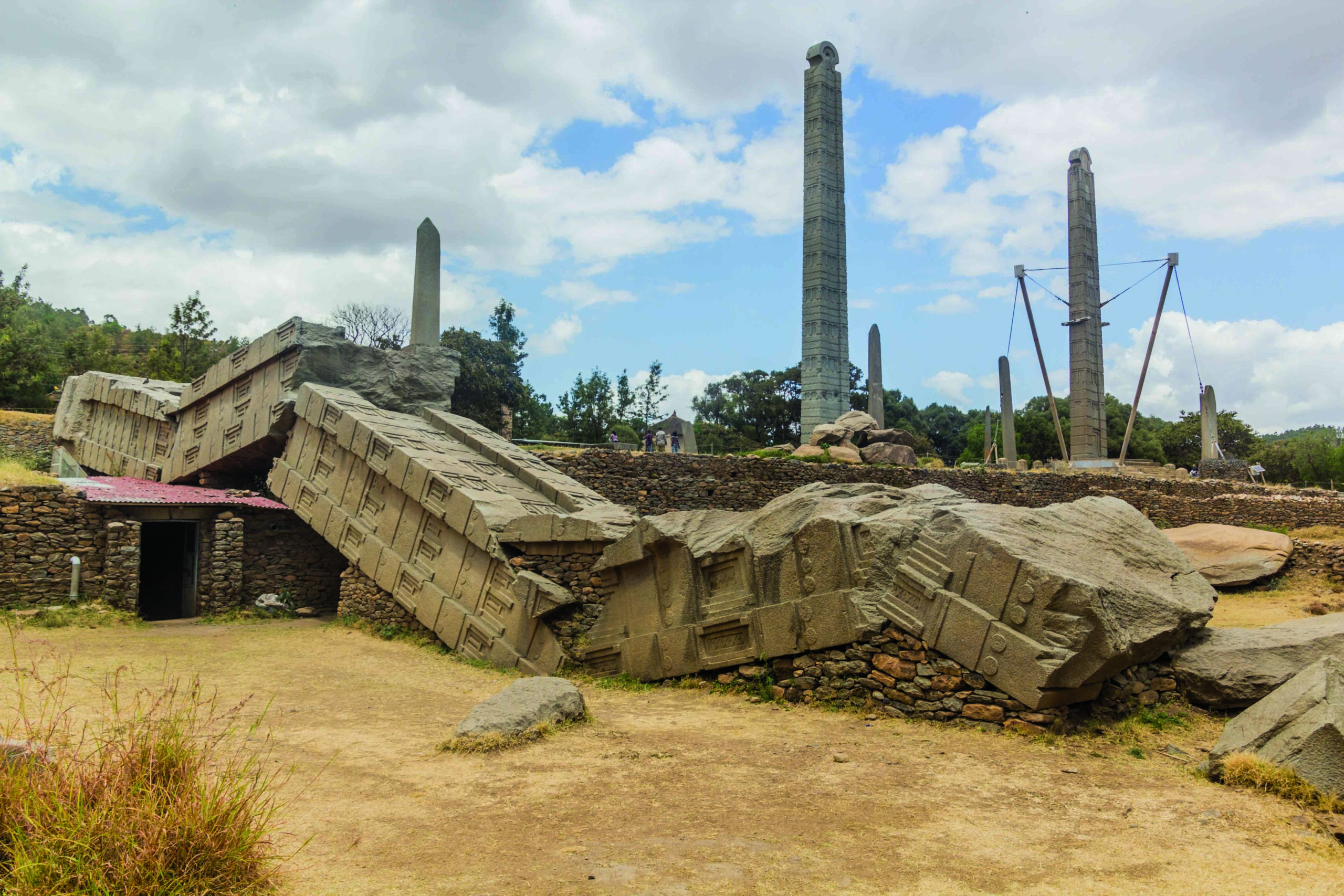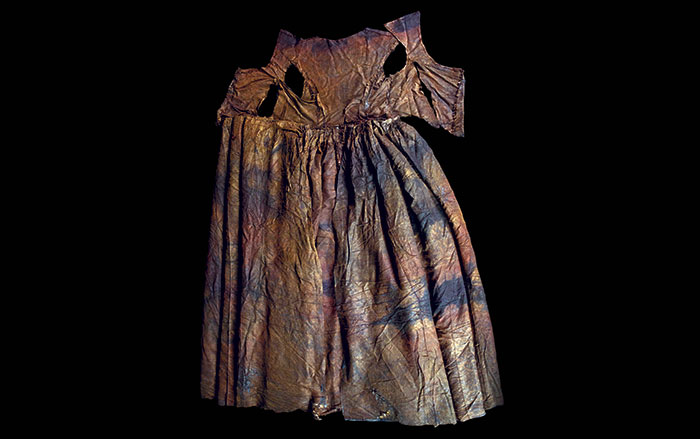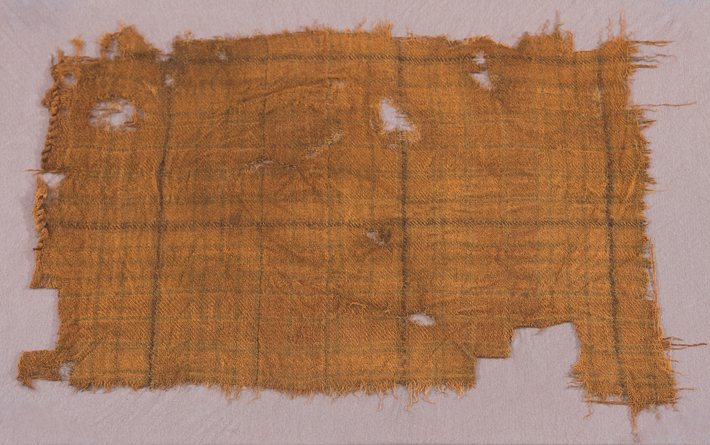
A piece of fabric found in a Highland peat bog in the early 1980s has now been determined to be the oldest example of true tartan ever located in Scotland. Tartan, which for centuries has been an important element in Scottish cultural identity, is distinguished from simpler check designs by its greater complexity of patterning and inclusion of more than two colors. To learn more about the woolen textile, which measures roughly 22 by 17 inches, the Scottish Tartans Authority (STA) commissioned several types of analysis. High-resolution microscopy detected a ground pattern of red and yellow with green overstripes. There is also a dark brown color, though this may be a product of the fleece’s natural color. Chemical analysis, meanwhile, found no evidence of artificial dyes, which were first available in the mid-nineteenth century.
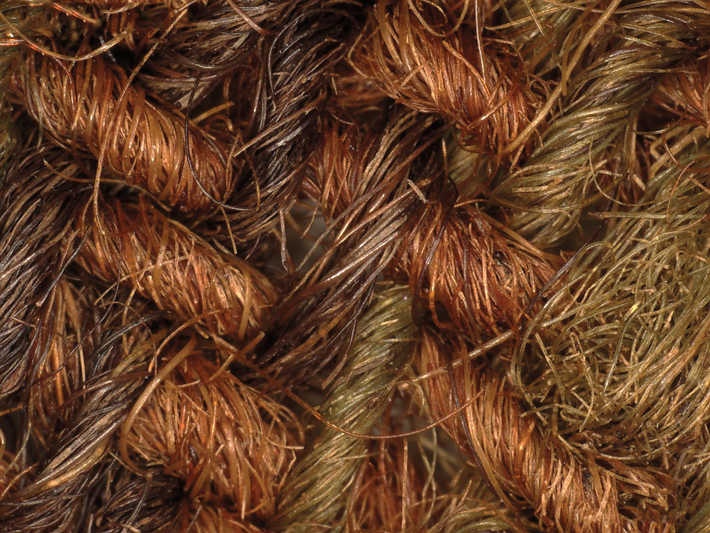
Based on the fabric’s rustic weave and inconsistencies in its pattern, Peter MacDonald, the STA’s head of research and collections, suspected it likely dated to earlier than other surviving examples, the oldest of which was woven around 1700. “I had a feeling that this specimen was pre-1700,” says MacDonald, “but whether that was 1690 or 690, I had no idea.” Radiocarbon dating confirmed his impression, establishing that the cloth was likely produced in the first half of the sixteenth century, around 500 years ago. MacDonald next hopes to identify the breed of sheep whose wool was used to make the textile and where it was raised.


